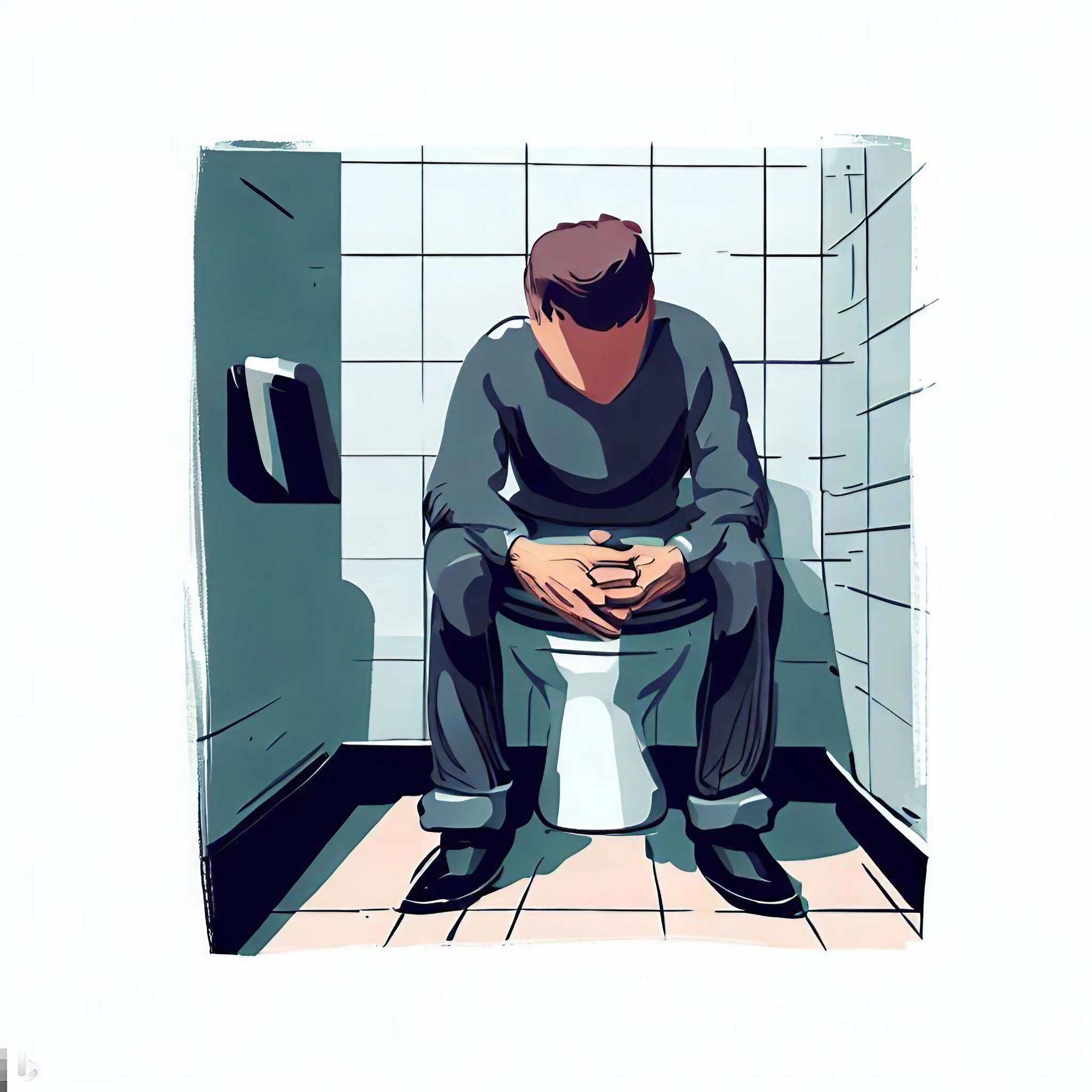Are people’s fear justified?
It’s no secret that public restrooms can occasionally be rife with germs, including many bugs that may make you ill. But does using a public restroom seat seriously endanger your health?
Strangely, the seat isn’t the place where disease-causing organisms are most likely to be found. But, sitting down has risks.
As you flush the toilet, fecal matter’s germs may easily be sprayed over the seat and any other nearby surfaces. As explained here, according to a December 2021 review in the Journal of Applied Microbiology, the phenomenon, technically known as “toilet plume” carries viruses and bacteria that might cause diseases.
The review notes that toilet plumes are most likely to make you ill by dispersing germs into the air (which you breathe in) or onto nearby surfaces that you touch with your hands. Therefore, you have a lot smaller chance of contracting an infection from germs that settle on your butt or thigh.
According to Kadi Banjoko, MSPH, CIC, infection prevention in the Department of Clinical Epidemiology at The Ohio State University Wexner Medical Center, sitting on the toilet seat is not the most direct way to come into touch with bacteria in the restroom. “The germs would need a way to travel from the seat into the person”.
In other words, there is no way for the bacteria on the seat to enter your body and infect you if you don’t have any cuts or scrapes on your legs or buttocks. Unless, according to Banjoko, you touch your face before washing your hands after touching a contaminated toilet seat. Or refrain entirely from washing your hands.
She warns that even though it’s unlikely, you might pick up something simply merely sitting on the seat. Thus it makes sense to avoid it if at all possible. Using a seat cover is your best option if you want to prevent sitting straight on the toilet seat. Not only does it prevent you from touching the seat itself, but it also maintains the seat clean for the person who uses it after you.
Because a seat cover was not always used, Banjoko claims that it is usual to observe pee spraying on seats. She explains that placing one on top of the seat “saves the next person that comes after you the trouble of stepping or sitting on urine”
While you urinate, you shouldn’t hover over the seat. By doing this, you adopt a partially squatting stance, which over time may cause your pelvic floor muscles to degenerate. Moreover, it hinders the complete emptying of your bladder. According to The Ohio State University Wexner Medical Center, this can raise the risk of issues including incontinence or urinary tract infections.
There are undoubtedly bacteria on the toilet seat in the public restroom. So, don’t let it prevent you from noticing all the other bathroom hotspots that have probably much more germs.
Infectious bugs are almost certainly present on bathroom door handles, toilet knobs, faucet handles, and soap dispensers, according to a June 2020 study published in the Journal of Family Medicine and Primary Care.
In other words: It’s probably like a cesspool since lots of people are touching it with their hands. Fortunately, you seldom ever see soap bars in public restrooms, even though they can be a breeding ground for bacteria.
The best course of action in that situation is to wash your hands completely after using the restroom. If one is available, close the tap with a paper towel, advises Banjoko. The door handle on your way out is the same.
Sitting on a toilet seat is much less likely to get you sick than using the restroom without first washing your hands.

